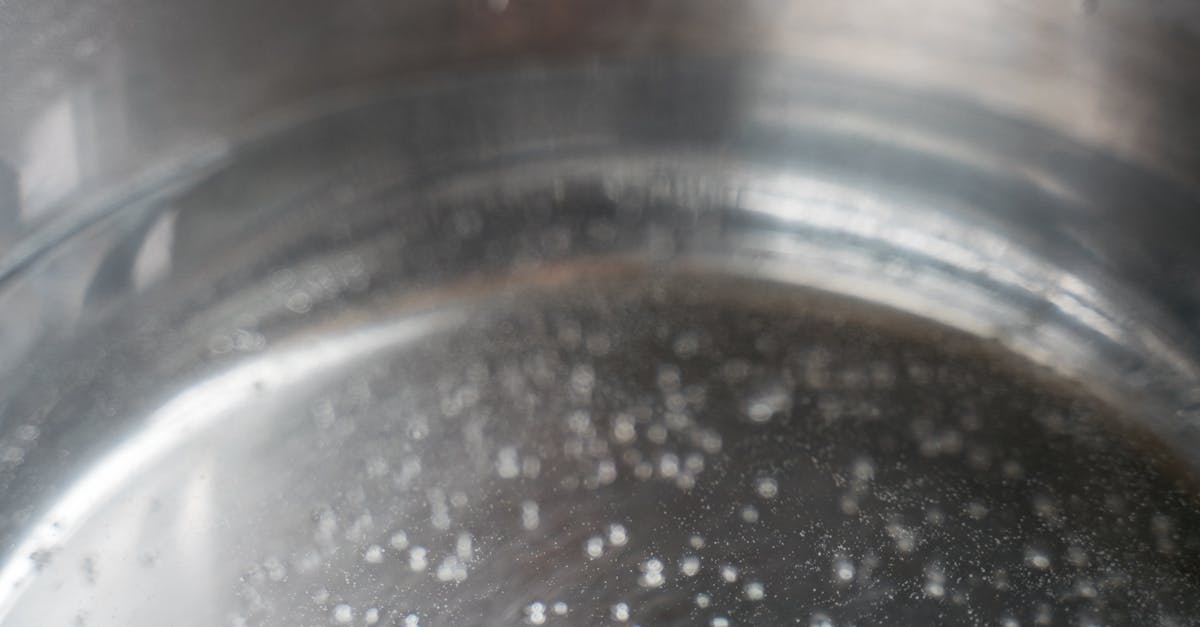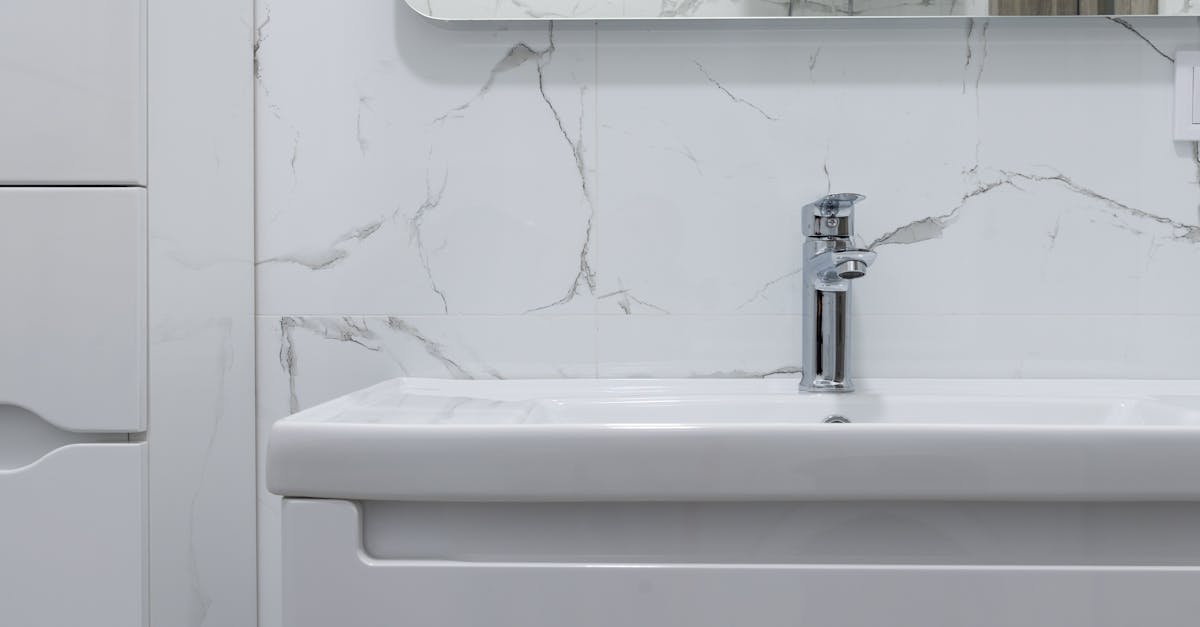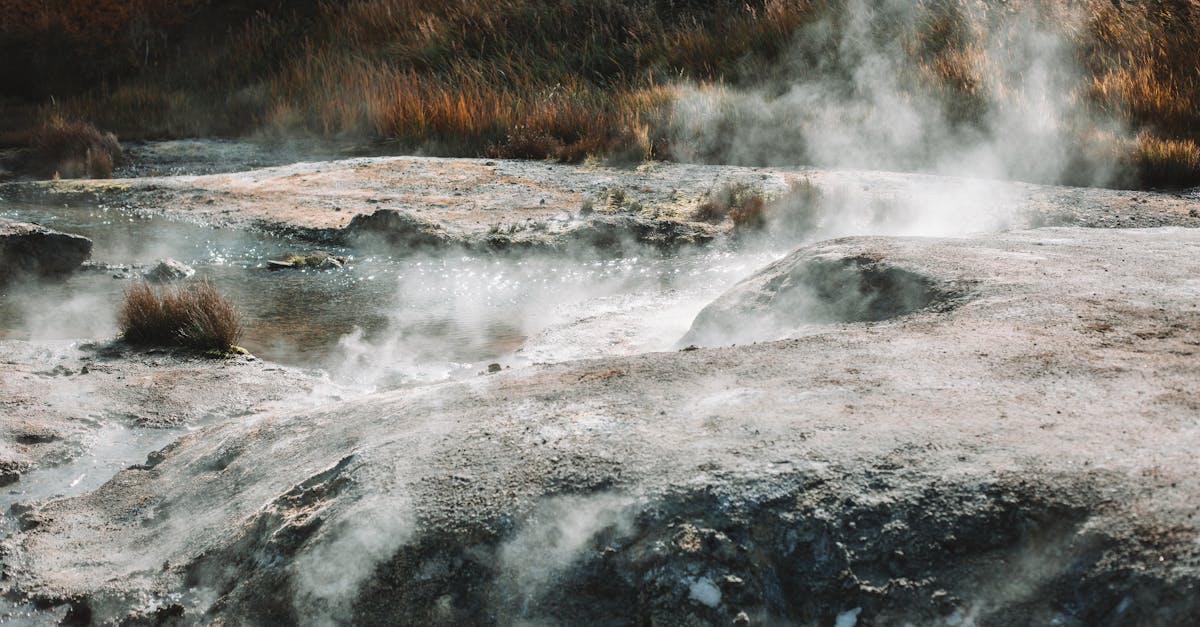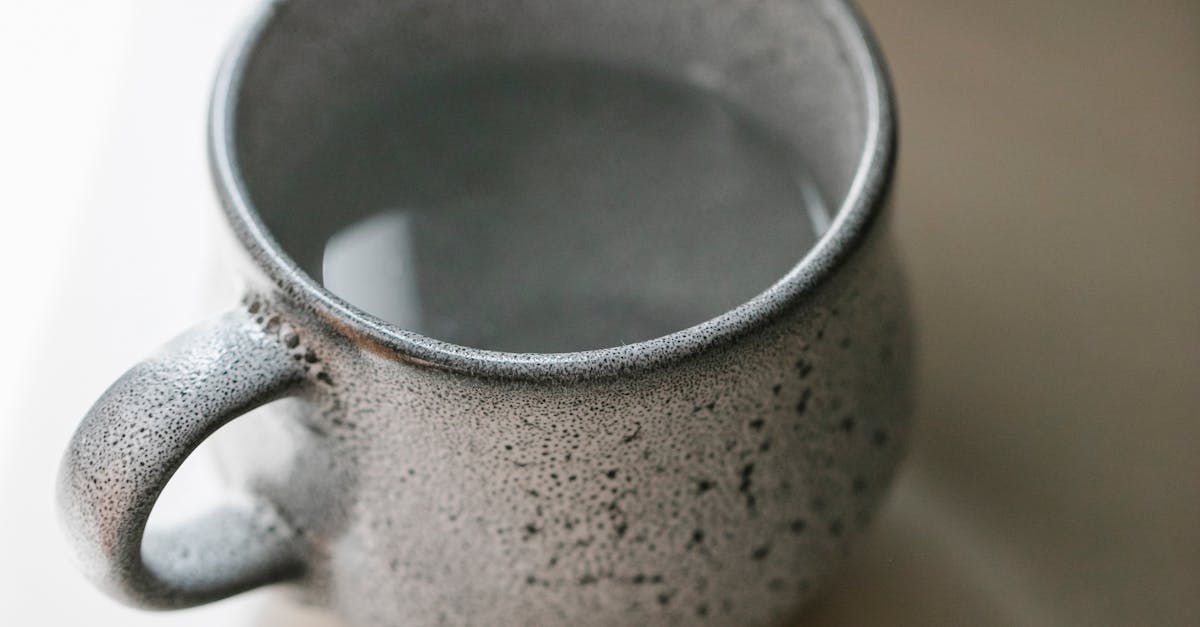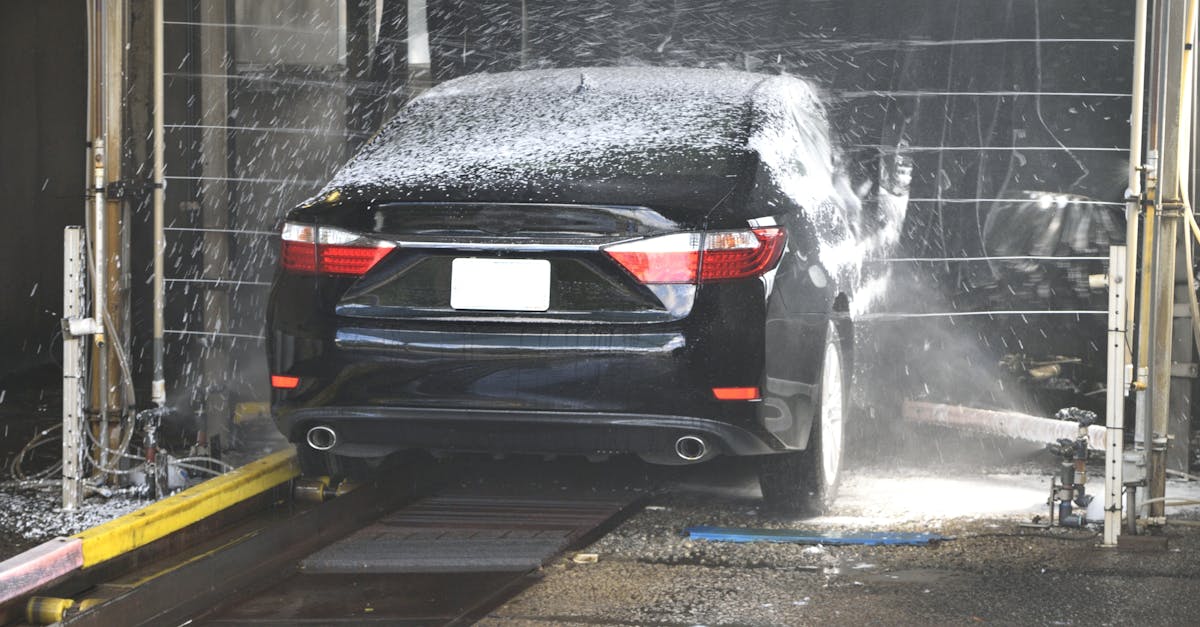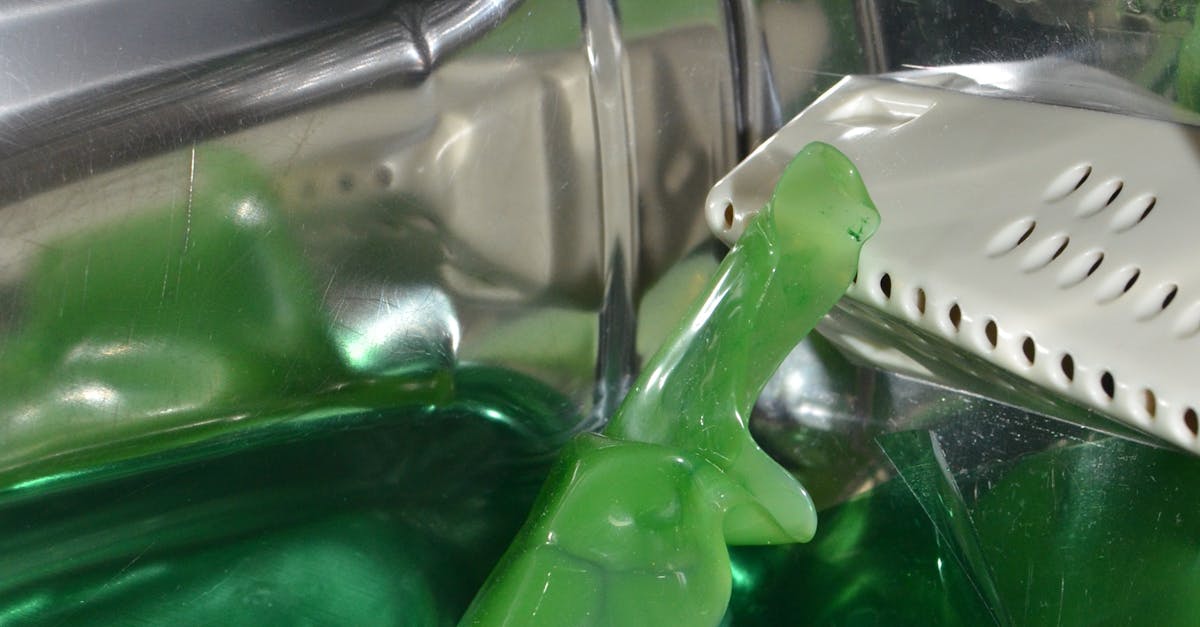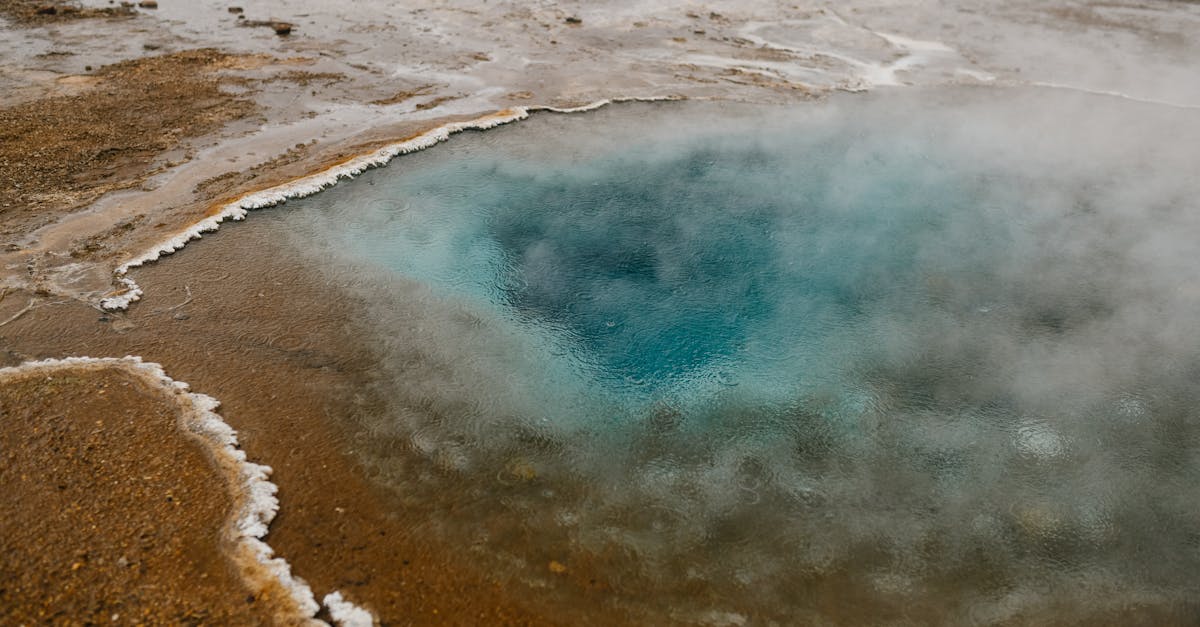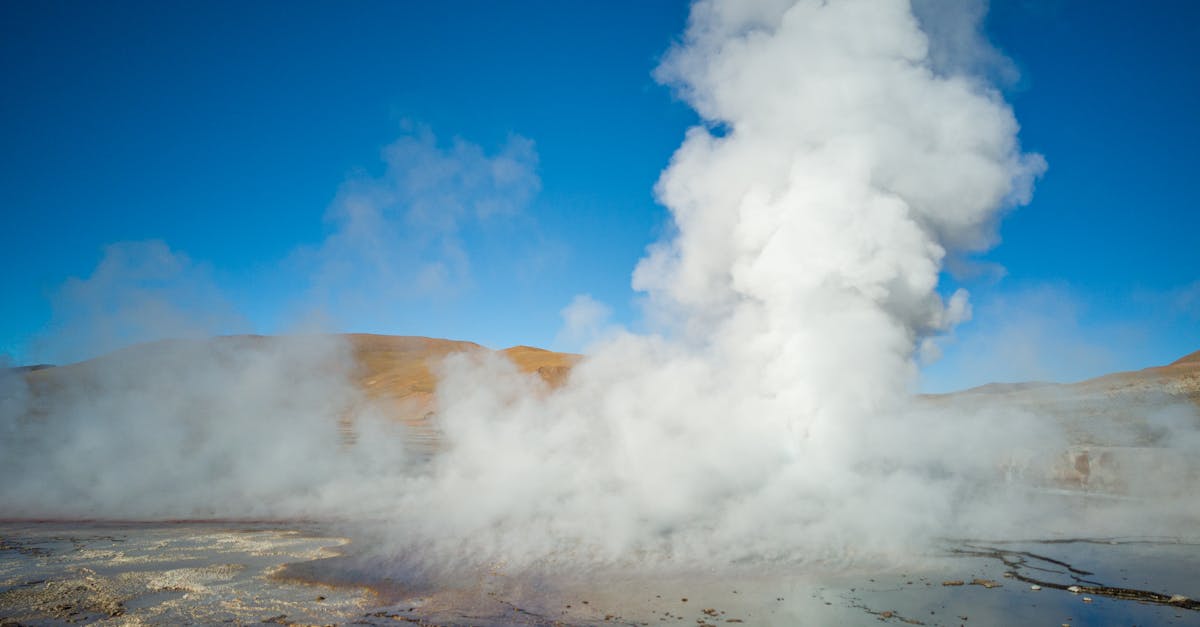
Table Of Contents
What to Do After Flushing
Once you have completed the hot water system cleaning, it is important to check all the connections and ensure there are no leaks. Inspecting the area around the tank will help you identify any issues that may have arisen during the flushing process. Tighten any loose fittings and make sure all valves are functioning properly. This step is crucial for maintaining the safety and efficiency of your system.
Next, restore the power supply or gas to your hot water system, depending on the type you have. Allow the tank to refill completely with water. After filling, turn on the hot water taps in your home to help expel any air trapped in the system. Monitoring the temperature and pressure gauges during this process can also ensure everything operates smoothly and safely.
PostFlushing Checks and Maintenance
After completing the flushing of your hot water system, it is essential to perform thorough checks to ensure everything is functioning correctly. Inspect all connections for leaks and tighten any loose fittings. Pay attention to the pressure relief valve; it should operate smoothly without any signs of corrosion or damage. Conduct a visual inspection of the tank and the surrounding area for any signs of water pooling, which may indicate leaks. Regular maintenance helps to extend the lifespan of your system and ensures optimal performance.
Following the initial checks, focus on ongoing maintenance practices. Schedule routine hot water system cleaning to prevent sediment buildup that can compromise efficiency. Regularly check the anode rod, replacing it if necessary, as this component plays a crucial role in protecting the tank from corrosion. Additionally, consider keeping a maintenance log to record any observations or actions taken, aiding in the future upkeep and troubleshooting of your hot water system.
Frequency of Flushing Your Hot Water System
Regular maintenance is key to ensuring the efficiency and longevity of your hot water system. Many experts recommend flushing your hot water system at least once a year. This schedule helps to remove sediment buildup, which can impair performance and lead to potential damage. Homeowners may wish to adjust the frequency based on their water quality and usage levels. Areas with hard water may require more frequent hot water system cleaning due to increased mineral deposits.
Monitoring the performance of your system can also provide valuable insights into when a flush is necessary. If you notice changes in water temperature or pressure, or if the water appears discolored, it may indicate that a cleaning is overdue. Adhering to a regular flushing schedule not only enhances efficiency but also extends the lifespan of your unit. Keeping track of flushing dates can simplify the maintenance routine and prevent costly repairs down the line.
Recommended Schedule for Flushing
Flushing your hot water system is essential for maintaining efficiency and prolonging its lifespan. It is generally recommended to perform Hot Water System Cleaning every six months to a year. This frequency helps remove sediment buildup that can affect the performance of the system. Regular flushing ensures that you maintain optimal water quality and efficiency, minimizing the risk of unexpected repairs due to neglect.
Seasonal changes can also affect how often you should flush your system. In areas with hard water or heavy mineral buildup, more frequent Hot Water System Cleaning may be necessary. Always monitor the quality of water produced by your system. If you notice any changes in pressure or clarity, consider flushing more often to address potential issues before they escalate.
Troubleshooting Common Issues During Flushing
Flushing your hot water system can sometimes present unexpected challenges. One of the more common issues encountered is a reduction in water flow. This can occur if sediment buildup has created blockages or if certain valves are not fully opened. To remedy this, ensure that all valves associated with the system are checked and opened appropriately. Removing any visible debris within the system can also help improve flow and effectiveness during the Hot Water System Cleaning.
Another issue that might arise is the presence of leaks during the flushing process. Leaks can develop due to old or worn-out fittings and seals that may not handle the increased water pressure. To address this, inspect all connections and fittings closely for signs of wear or corrosion before starting the flush. If any leaks are detected, it’s prudent to replace the faulty components to prevent water damage. Taking these precautions during your Hot Water System Cleaning can help ensure a more efficient and trouble-free process.
Solutions to Potential Problems
When undertaking hot water system cleaning, you may encounter sediment buildup that resists flushing. This can often be addressed by increasing the temperature setting on the heating element for a short duration. Allowing the water to reach a higher temperature can help dislodge stubborn deposits. After this adjustment, attempt the flushing process again to see if it clears the debris.
In some cases, you may find leaks or drips during or after flushing. These issues can arise from worn-out seals or connections that have been loosened during the process. Inspect all joints and fittings thoroughly. If necessary, replace any faulty components or tighten connections to stop the leaks. Ensuring a tight seal is crucial to maintaining the integrity of your hot water system post-cleaning.
FAQS
How often should I flush my hot water system?
It is generally recommended to flush your hot water system at least once a year to prevent sediment buildup and maintain efficiency.
What should I do after flushing my hot water system?
After flushing, ensure to check the system for leaks, monitor the water temperature, and inspect the pressure relief valve to confirm everything is functioning properly.
What are some common issues I might encounter while flushing my hot water system?
Common issues during flushing include leaks, low water pressure, or sediment blockages, which can affect the flushing process.
How can I troubleshoot problems during the flushing process?
To troubleshoot issues, check all connections for leaks, ensure the inlet valve is fully opened, and inspect the drain line for any obstructions.
Is it necessary to hire a professional to flush my hot water system?
While flushing can be done as a DIY project, hiring a professional is recommended if you are unsure about the process or if you encounter persistent issues.

